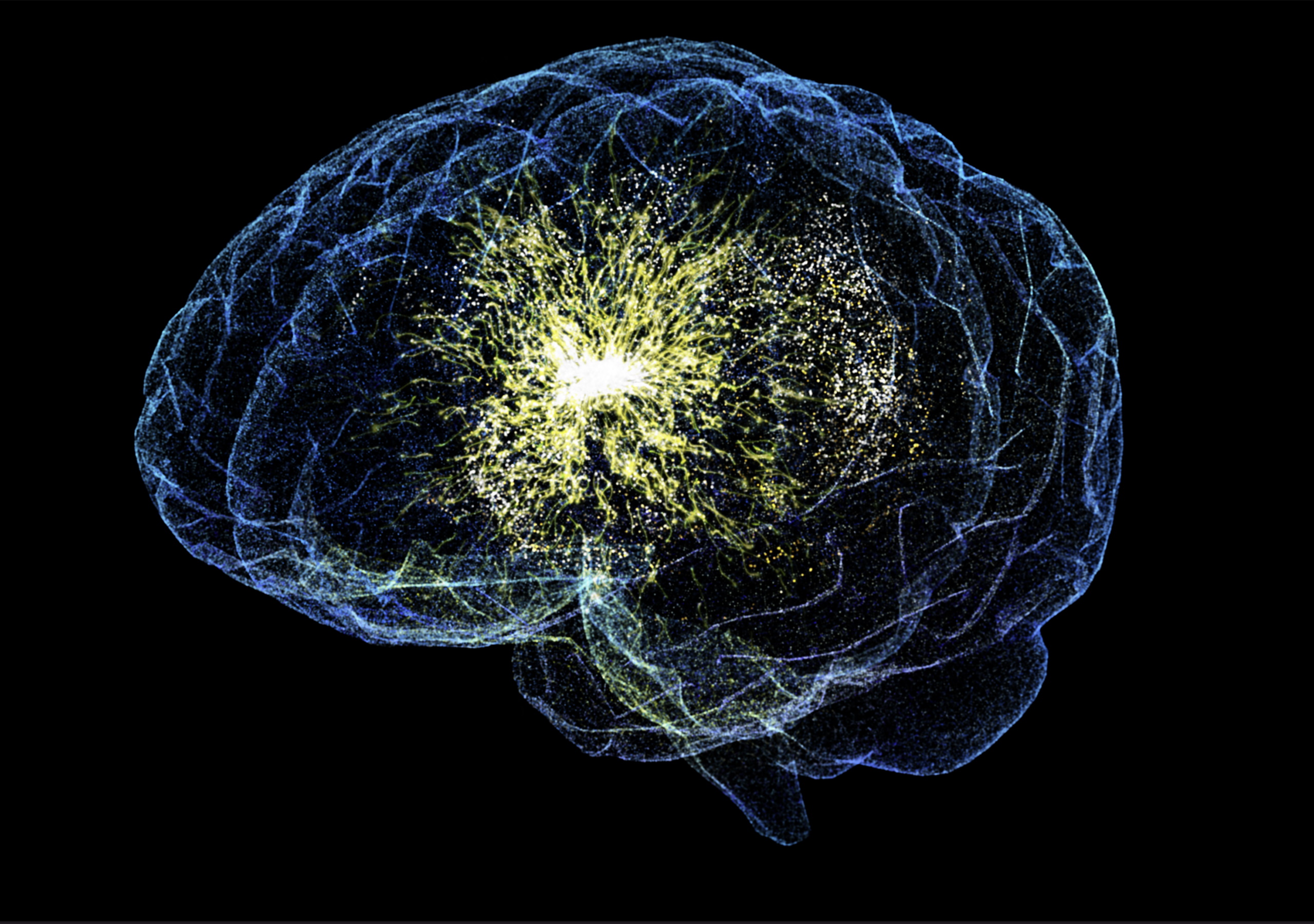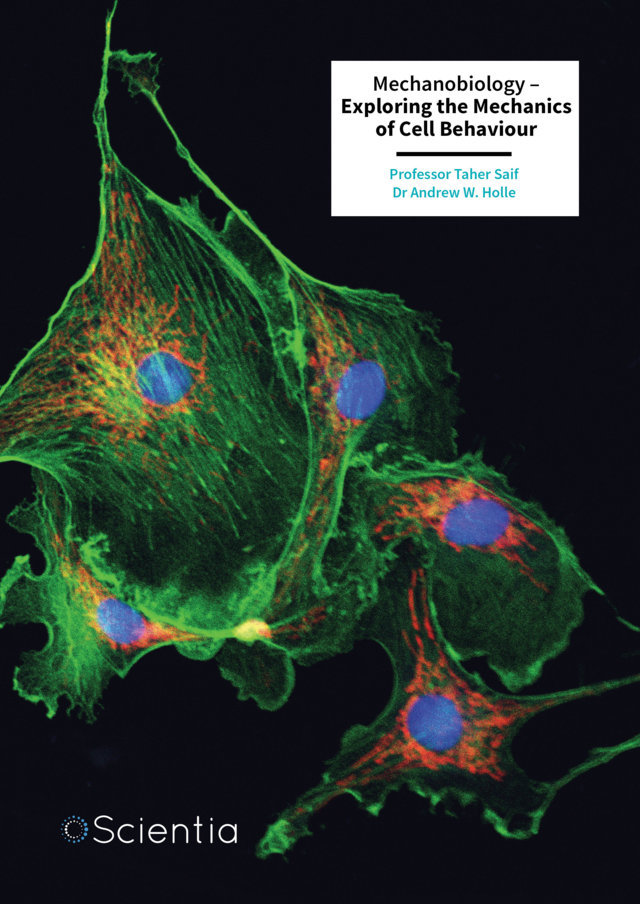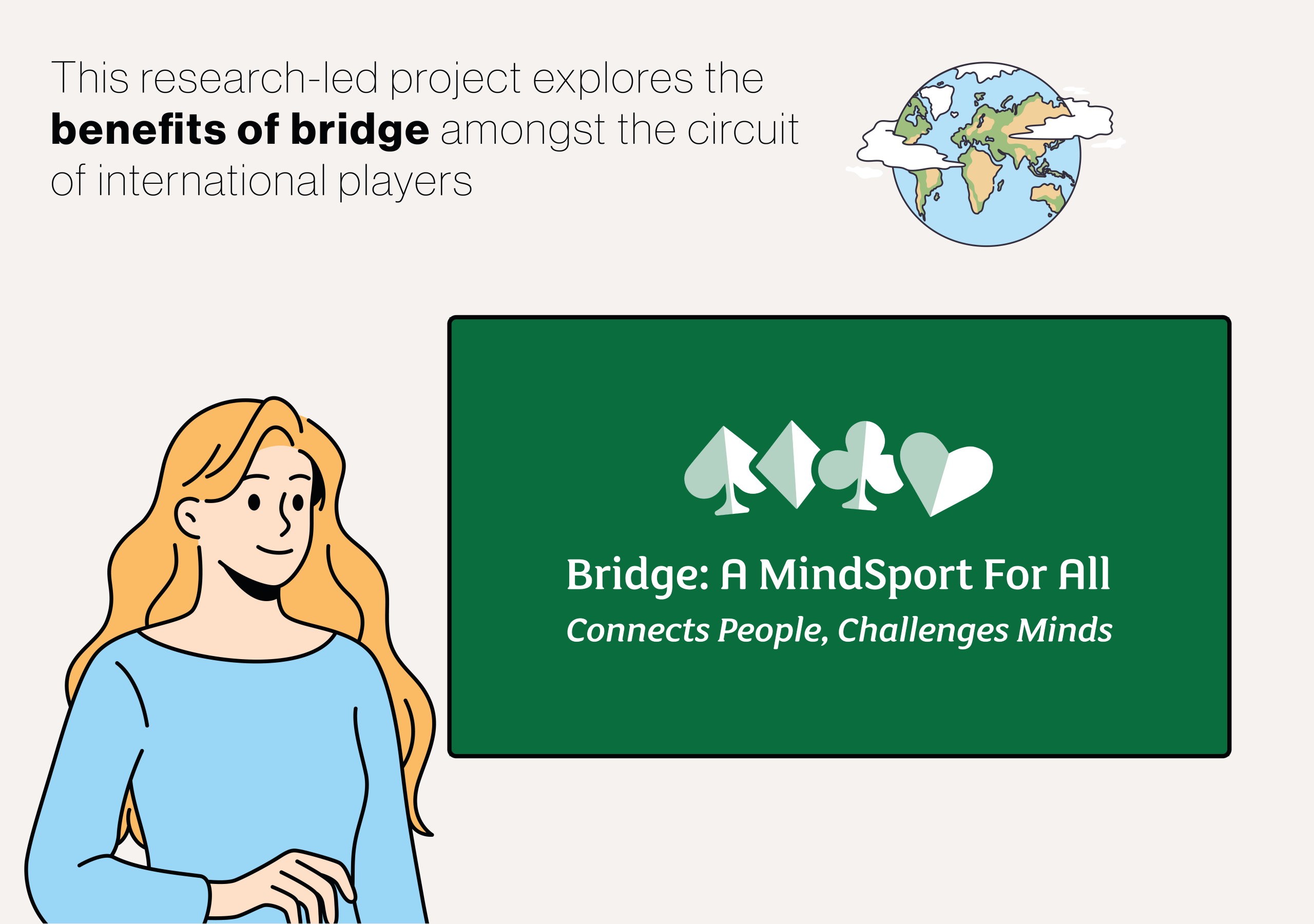The Arctic is warming at a rate of three to four times faster than the global average; a phenomenon known as Arctic amplification. This is, in large part, a result of warming atmospheric temperatures causing a decline in snow and ice cover at high latitudes. This, in turn, increases the amount of solar energy absorbed by marine and terrestrial surfaces. As a result, near surface temperatures continue to increase, resulting in a further reduction of snow and ice. This represents a positive feedback where increased temperatures are coupled with a decline in snow and ice cover. More
This enhanced warming at high latitudes makes the Arctic a critical region for studying the impacts of climate change, as the transformations occurring there provide early indicators of broader global changes. An important site for this research in the Canadian High Arctic is the Cape Bounty Arctic Watershed Observatory (or Arctic Observatory for short) on Melville Island in Nunavut, Canada. Over the span of two decades, Professor Paul Treitz of Queen’s University at Kingston, Ontario, and colleagues, has utilized cutting-edge remote sensing techniques to monitor and model the dynamics of this sensitive ecosystem.
…
The Arctic Observatory, established in 2003, is a long-term research site dedicated to understanding how climate warming and permafrost degradation are reshaping Arctic ecosystems. The Arctic Observatory is particularly valuable for study because it consists of paired watersheds that flow into separate lakes, with each watershed exhibiting various environments including tundra, rivers, lakes, and permafrost, which are all experiencing change due to the warming climate.
The research at the Arctic Observatory is focused on several key areas: monitoring vegetation dynamics, understanding soil moisture patterns, examining hydrological patterns and dynamics, assessing carbon exchange, and tracking permafrost changes. These factors are all interconnected and play critical roles in the Arctic’s ecological balance. For example, as the Arctic warms, changes in vegetation and soil moisture can alter local hydrology, which in turn can influence permafrost stability and carbon cycling. Understanding these processes in a holistic fashion is essential for predicting how the Arctic, and more generally, the cryosphere (which refers to frozen parts of the Earth, including glaciers, snow, frozen lakes, and permafrost), will respond to ongoing climate warming.
Remote sensing, a method for collecting data from sensors on satellites, aircraft or remotely-piloted aircraft, has been the cornerstone of the research conducted by Professor Treitz and his team. This technology allows scientists to gather continuous data over large and often inaccessible areas, making it ideal for studying the vast and remote landscapes of the Arctic.
One of the primary tools used by the team are spectral vegetation indices, particularly the Normalized Difference Vegetation Index (or NDVI for short). NDVI measures the difference between the red and near-infrared energy reflected by vegetation, providing an estimate of the amount and health of plant life. Although Arctic vegetation is sparse and low-lying, it plays a crucial role in the local ecosystem, and is closely associated with moisture levels, carbon storage and soil stability.
Professor Treitz and his colleagues have used NDVI to map vegetation changes over time at the Arctic Observatory. Their research has shown that, correlated with warming temperatures, there has been vegetation greening, albeit not uniform nor as extensive as seen at slightly lower latitudes, where some areas are experiencing significant shrub expansion. It is important to study these changes as they can have significant implications for the local wildlife, water balance, and carbon dynamics.
Permafrost, or ground that remains frozen for two or more consecutive years, underlies much of the Arctic. It serves as a critical component of the region’s hydrology and carbon cycle. However, as the Arctic warms, permafrost is beginning to thaw, leading to a cascade of environmental changes. Thawing permafrost can destabilize the ground, creating thermokarst features such as sinkholes, landslides, and lakes. Also of great concern is the release of carbon stored in permafrost, which can further accelerate global warming.
Through the integration of satellite data and field measurements, Professor Treitz’s team has been able to map and model permafrost degradation at the Arctic Observatory. They have observed that permafrost is thawing, particularly in areas with ice-rich soils. This thawing has led to changes in the landscape, including landslides, and the formation of new and altered drainage patterns. These changes not only affect local ecosystems but also have the potential to release greenhouse gases; further contributing to warming.
Carbon exchange refers to the movement of carbon between the Earth’s surface and the atmosphere, primarily through processes such as photosynthesis, plant respiration, and the decomposition of organic matter. The Arctic plays a crucial role in the global carbon cycle because of the large amounts of carbon stored in its soils. As the Arctic warms, changes in vegetation and soil conditions, as well as permafrost thaw, can alter the rates of carbon exchange.
At the Arctic Observatory, Professor Treitz and his colleagues have used satellite remote sensing data and field measurements of carbon dioxide exchange to characterize the relationship between vegetation types and carbon exchange at the surface. Their research has shown that different vegetation types have contrasting carbon exchange rates. As a result, an overall carbon budget is dependent on the relative coverage of these different vegetation types. Meanwhile, warmer temperatures are leading to longer growing seasons, which can increase carbon uptake through enhanced growth and productivity of plants (a negative feedback mechanism). At the same time, thawing of permafrost and the subsequent decomposition of organic matter are releasing more carbon into the atmosphere (a positive feedback mechanism), potentially offsetting these gains. Understanding these competing processes is essential for predicting how the Arctic will influence future global climate patterns.
The work of Professor Treitz and his colleagues extends beyond data collection; it involves the development of new methods and models to predict future changes in the Arctic. For instance, they are refining techniques to more accurately map vegetation types, track permafrost changes, and monitor carbon exchange. These advancements are crucial as they provide the scientific community with better tools to understand and mitigate the impacts of a warming climate.
One significant aspect of this research is the emphasis on long-term monitoring. The Arctic is a dynamic region where changes can occur rapidly, but some effects may only become apparent over decades. Continuous, long-term data collection is therefore essential in capturing these trends and understanding their broader implications.
The satellite record, which provides consistent and repeatable data, is particularly valuable in this context. As this record grows over time, it will offer even more detailed insights into how the Arctic is changing. This information is critical not only for scientists but also for policymakers, who must make informed decisions to address the challenges posed by a warming Arctic.
The research conducted at the Arctic Observatory by Professor Paul Treitz and his colleagues has been instrumental in advancing our understanding of the Arctic’s response to climate change. Through the innovative use of remote sensing, they have been able to monitor and model key environmental variables, providing invaluable data that will help guide future climate research and policy.
The Arctic, often referred to as the “canary in the coal mine” for climate change, is sending us urgent signals. Thanks to the dedicated efforts of Professor Treitz and his colleagues, we are better equipped to listen and respond.







